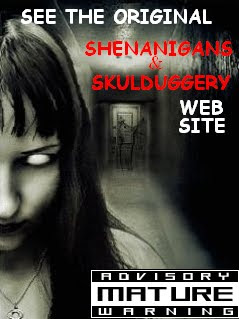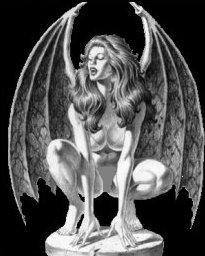‘Haunted’ Limerick Mansion Reduced By €39m
A crumbling period house set on 80 acres in county Limerick, which was once valued at €40m, is still on the market, but its price has dropped to just around €1m. Local property developer Michael Daly had expressed interest in developing the site, back in 2007, subject to planning permission, and had “magnificent plans” for the site before the collapse of the construction industry. Located near Moyross, the property was ripe for potential given the then plans for the Regeneration area, and were to include an industrial estate and train station. During the boom period, its asking price rose from €1m to €10m, and then soaring to €40m, before collapsing back down to its original price-tag. Auctioneer Pat Kearney, of Rooney’s, said one of the interesting aspects to the house, which was built in the 18th century, is that it appears to be haunted. “We’ve had several incidents reported from people over the years about things that they can’t explain. Some people have seen a figure passing by the window on the first floor, and workmen have told us ‘there’s something funny going on in that house’, and they knew nothing of the history of the house.
It seems to be a harmless, benign ghost. Other people who lived in that area years ago said they always ran past the gate,” said Mr Kearney. The estate went on the market in 2001 following the death of previous owner, Limerick solicitor and coroner, Jim Lyons in 2000. It was marked with an asking price of £IR1m and little interest was shown in the site which was inherited by the Lyons family. At that time the site was valued at just over €500,000 an acre, but Mr Kearney said it should sell for in excess of agricultural values, or €10,000 to €12,000 per acre, amounting to €960,000 in total. “We’ll listen to any decent proposal. We’ve been walking the land with a few people who are interested, and they’ve gone off to discuss what they could do with it, especially given its close proximity to the city. Mr Kearney said in the early noughties farmers were offering €1m for the site, but “then the Celtic Tiger kicked in and developers became involved, and the price kept going up, up and up.” But he said the “plans were stillborn when the Celtic Tiger collapsed. The whole thing went up in flames.” The house was valued at £55 in the early 1850s and was gutted by fire in 2001.
It seems to be a harmless, benign ghost. Other people who lived in that area years ago said they always ran past the gate,” said Mr Kearney. The estate went on the market in 2001 following the death of previous owner, Limerick solicitor and coroner, Jim Lyons in 2000. It was marked with an asking price of £IR1m and little interest was shown in the site which was inherited by the Lyons family. At that time the site was valued at just over €500,000 an acre, but Mr Kearney said it should sell for in excess of agricultural values, or €10,000 to €12,000 per acre, amounting to €960,000 in total. “We’ll listen to any decent proposal. We’ve been walking the land with a few people who are interested, and they’ve gone off to discuss what they could do with it, especially given its close proximity to the city. Mr Kearney said in the early noughties farmers were offering €1m for the site, but “then the Celtic Tiger kicked in and developers became involved, and the price kept going up, up and up.” But he said the “plans were stillborn when the Celtic Tiger collapsed. The whole thing went up in flames.” The house was valued at £55 in the early 1850s and was gutted by fire in 2001.



















<< Home